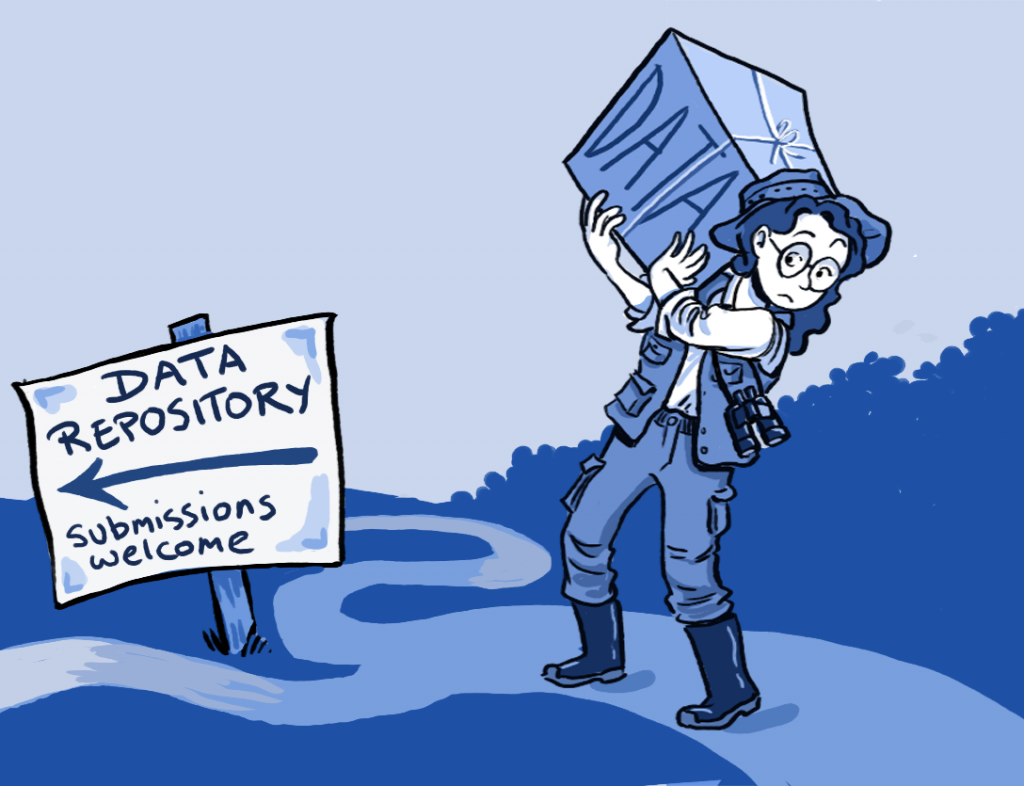US(C)T open datasets and interfaces
Background: US(C)T, an exciting new scientific field
Ultrasound Computer Tomography (USCT) is an exciting new technology mostly aimed at breast cancer imaging, with several active research groups around the globe. Due to the complex interaction of ultrasound with human tissue, the large amount of raw data, and large imaged volumes, image reconstruction is challenging both from the physical and the computational point of view. Many different image reconstruction methods can be applied, ranging from simple ray based methods to full inversion of the acoustic wave equation. While the ray algorithms offer fast reconstruction the inversion algorithms promise high image quality and resolution.
Exchange and collaboration
In recent years various groups have proposed a number of different approaches for image reconstruction. Direct comparison and analysis of the algorithms is difficult as they are usually applied to simulated data or – if available – to real data acquired with very different measurement setups. The relatively few experimental data sets are usually not commonly available. Even if they would be readily available the different experimental setups require usually massive adaptations for data handling and system modeling for the reconstruction algorithms.

To mitigate such challenges for the scientific communities there is a ongoing trend of “Open science” for collaboration and exchange. For instance in 2003, several European academic institutions like the Helmholtz association signed the “Berlin Declaration” (see Max Planck Society, Berlin Declaration on Open Access to Knowledge in the Sciences and Humanities (2003)) on “open access to knowledge” to enable the science community with easier exchange and collaboration. Also, open science data access is noted as beneficial feature of industry nations (G7 Science and Technology Ministers’ Meeting: Tsukuba Communiqué, (2016)).
Following this ideal and to mend this gap within the US(C)T community, the long term goal of this initative is the establishment of open and easy to use data and code interfaces and to stimulate the exchange of available reconstruction algorithms and raw data sets of different USCT devices.
A reference database with freely available and open licensed USCT data for comparison of reconstruction algorithms should be established, maintained and updated. This should provide a tool for direct comparability of the algorithms using the same data for reconstruction. Additionally, the feedback about data and system architecture of the scientists working on reconstruction could help to drive further development of measurement setups.
Usage of the reference database
- Data and interface software is provided using a free and open license, i.e. the BSD 2-clause license for code and data, allowing free use and publication of results.
- The data sets may remain with the participants, can be used for additional research and other purposes. Further publication and results should follow good academic attribution practices and cite the following paper:
“Nicole V. Ruiter, Michael Zapf, Torsten Hopp, Koen van Dongen: USCT data challenge, in Proc. SPIE 10139, Medical Imaging 2017: Ultrasonic Imaging and Tomography, 101391N“
The paper is published with open access and can be downloaded at SPIE Digital Library.